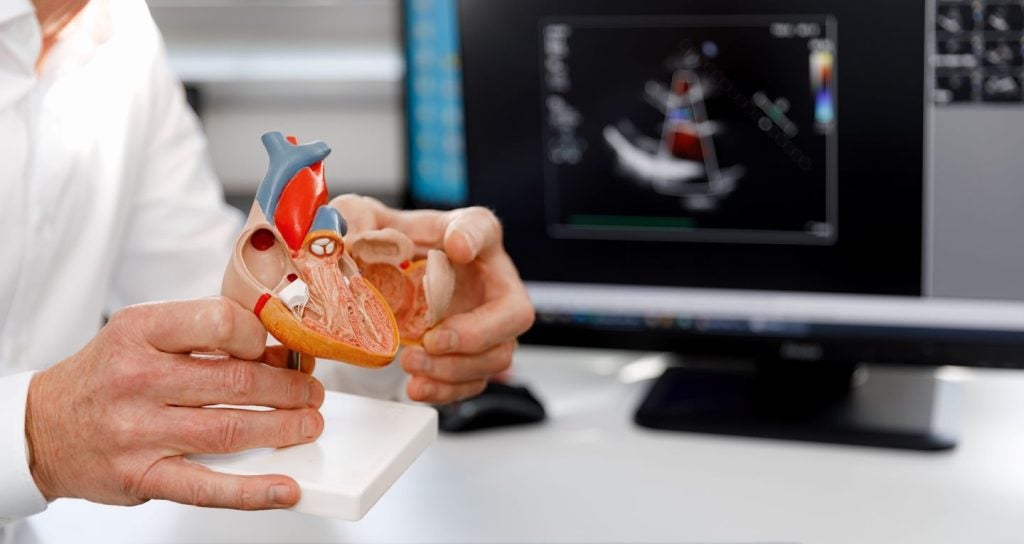Clinical-stage biotechnology company Marea Therapeutics has launched with funding of $190m secured through combined Series A and B rounds to develop cardiometabolic disease treatments.
Third Rock Ventures spearheaded the Series A financing round while the Series B round was led by Sofinnova Investments.
Co-leading the Series B round were Forbion and the Perceptive Xontogeny Venture Fund, alongside venBio. Contributing participants were Alpha Wave Global, Omega Funds, Surveyor Capital and Third Rock Ventures, the founding investor.
These investments will be used to advance the Phase II development of MAR001 and additional pipeline programmes.
A lead programme of the company, MAR001 is a monoclonal antibody that targets ANGPTL4, a protein prevalent in adipose tissue.
By hindering ANGPTL4, the asset aims to enhance the activity of lipoprotein lipase in adipose tissue, which is expected to lower remnant cholesterol levels, enhance metabolic function and potentially reduce cardiovascular events.
Remnant cholesterol, which is associated with triglyceride-rich lipoproteins, is known for its atherogenic properties and its role in driving cardiovascular events, independent of other risk factors such as diabetes, LDL cholesterol or obesity.
There are currently no targeted therapies available to lower remnant cholesterol and improve metabolic function.
In preclinical models, MAR001 demonstrated promising results, including triglyceride reductions, remnant cholesterol and ectopic fat, as well as improved insulin sensitivity.
Following robust Phase I outcomes, the antibody progressed to Phase II clinical development for adults with metabolic dysfunction.
Marea CEO Josh Lehrer stated: “Marea aims to transform the way cardiometabolic diseases are treated by leveraging large-scale human genetics and expertise in adipose function and biology to pursue genetically validated targets focusing on central - but unaddressed - drivers of cardiometabolic disease risk.
“This approach could be the next frontier for patients with cardiometabolic disease who remain at very high risk, despite currently available therapies.”









